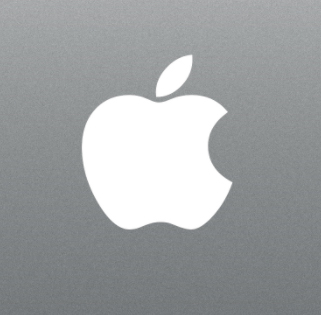
Apple CEO Tim Cook has nothing but praise for augmented reality, saying it’s a technology that’s potentially as important as the iPhone. It turns out he may have big plans for virtual reality too.
The company is working on a headset capable of running both AR and VR technology, according to a person familiar with Apple’s plans. Plans so far call for an 8K display for each eye — higher resolution than today’s best TVs — that would be untethered from a computer or smartphone, the person said.
The project, codenamed T288, is still in its early stages but is slated for release in 2020. Apple still could change or scrap its plans.
It’s notable that Apple is working on a headset that combines both AR and VR given its intense focus over the past year on pushing augmented reality in iPhones and iPads.
Cook has said he sees bigger possibilities in AR than VR, partly because augmented reality allows you to be more present. Either way, it’s vital for Apple to expand beyond its iPhones, currently its top moneymaker, and the slowing mobile market.
The Cupertino, California, company has dabbled in smaller VR projects, but the headset marks a major investment in VR, a tech that transports you into a different, digitally created world when you don bulky goggles. Once touted as the next hot tech trend, VR has failed to resonate with consumers despite heavy investment from companies like Facebook’s Oculus, Google and Samsung.
The industry has increasingly sided with Cook when it comes to bullishness on augmented reality, which overlays digital images on the real world using special headsets or your phone. Many of the early examples of popular AR capabilities include games like Pokemon Go or filters and lenses that go over your face in photos on Instagram and Snapchat.
Apple’s headset would connect to a dedicated box using a high-speed, short-range wireless technology, according to a person familiar with the company’s plans. The box, which would be powered by a custom Apple processor more powerful than anything currently available, would act as the brain for the AR/VR headset. In its current state, the box resembles a PC tower, but it won’t be an actual Mac computer.
And unlike with the HTC Vive, users wouldn’t have to install special base stations in a room to detect their location. Everything would be built into Apple’s headset and box, the person said.
VR and AR, while nascent markets today, are expected to explode over the next several years. Companies like the secretive Magic Leap have been pouring millions — if not billions — into development, with the promise that the formats will change the way we see the world. Facebook views AR and VR headsets as the future of computing and communication.
Consumers are expected to buy 22 million VR and AR headsets and glasses this year, according to a report from CCS Insight. In 2022, the number should soar fivefold to 120 million units, the analyst firm said, noting the market could be worth nearly $10 billion at that point.
Last year brought the first public efforts by Apple in AR and VR. At its June WWDC developer conference, Apple unveiled ARKit to let developers make augmented reality apps for iPhones and iPads. It also said it was working with Valve to bring the Steam VR platform to its desktop Macs. Previously, VR rigs didn’t work with Apple computers.
